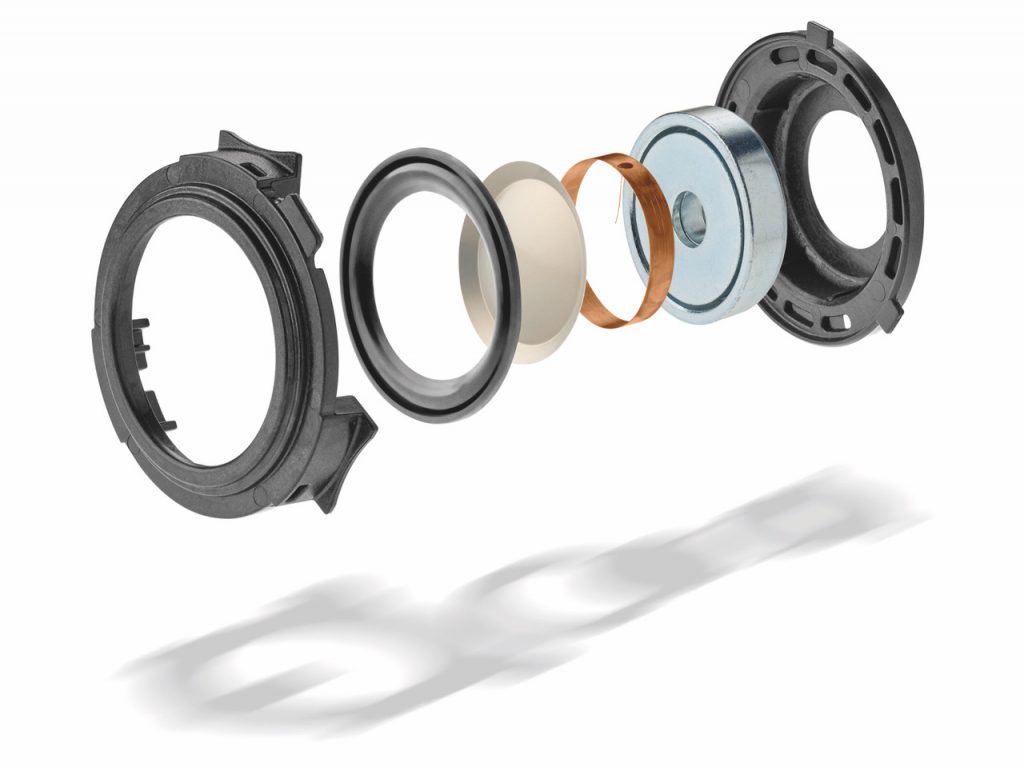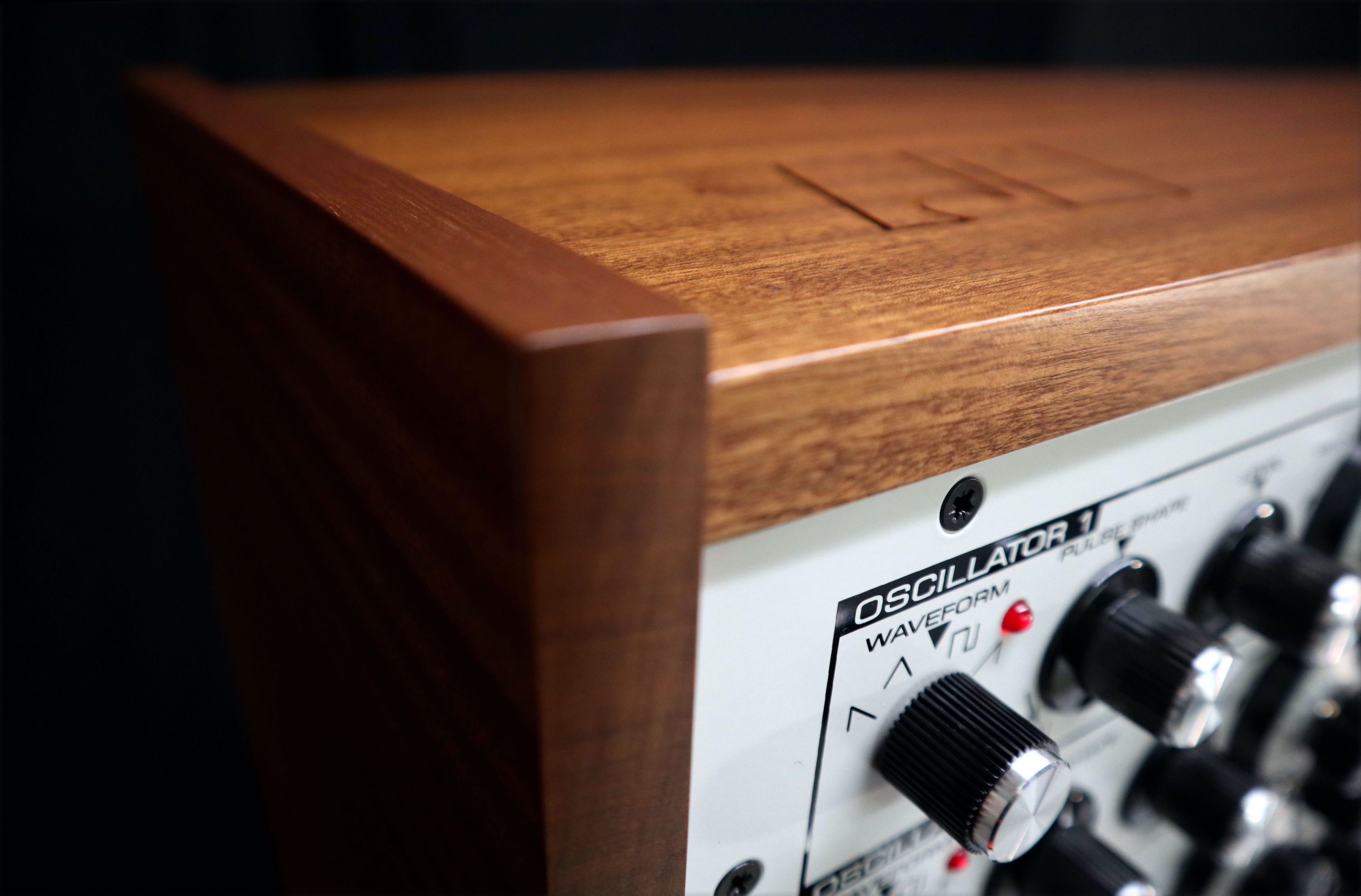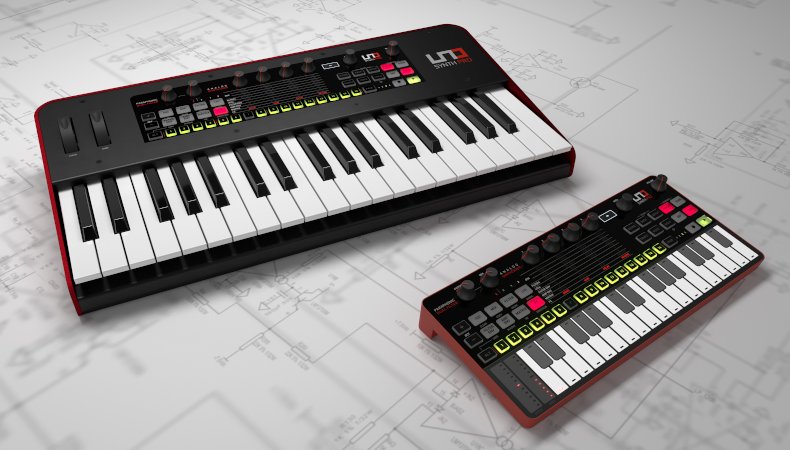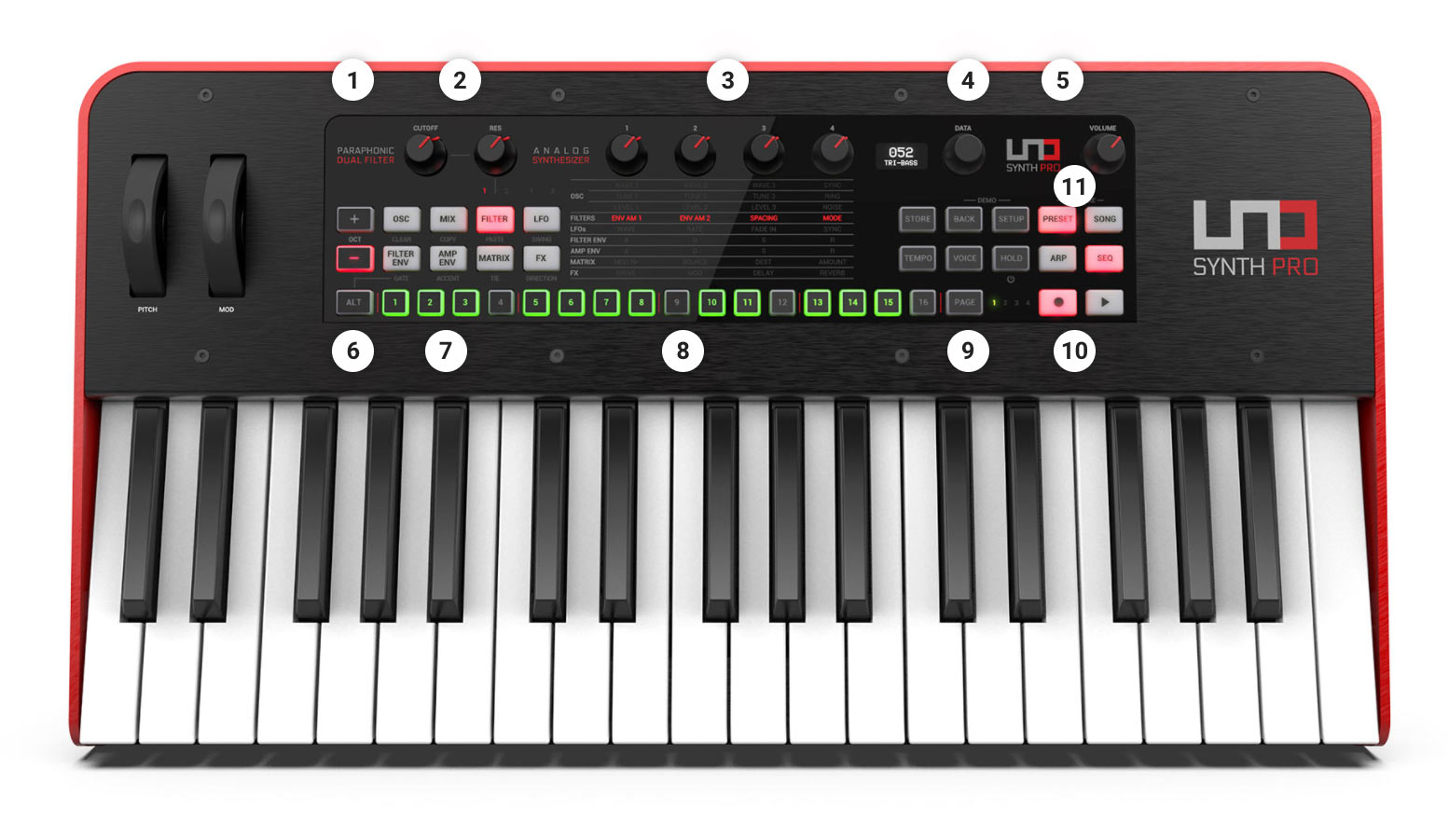

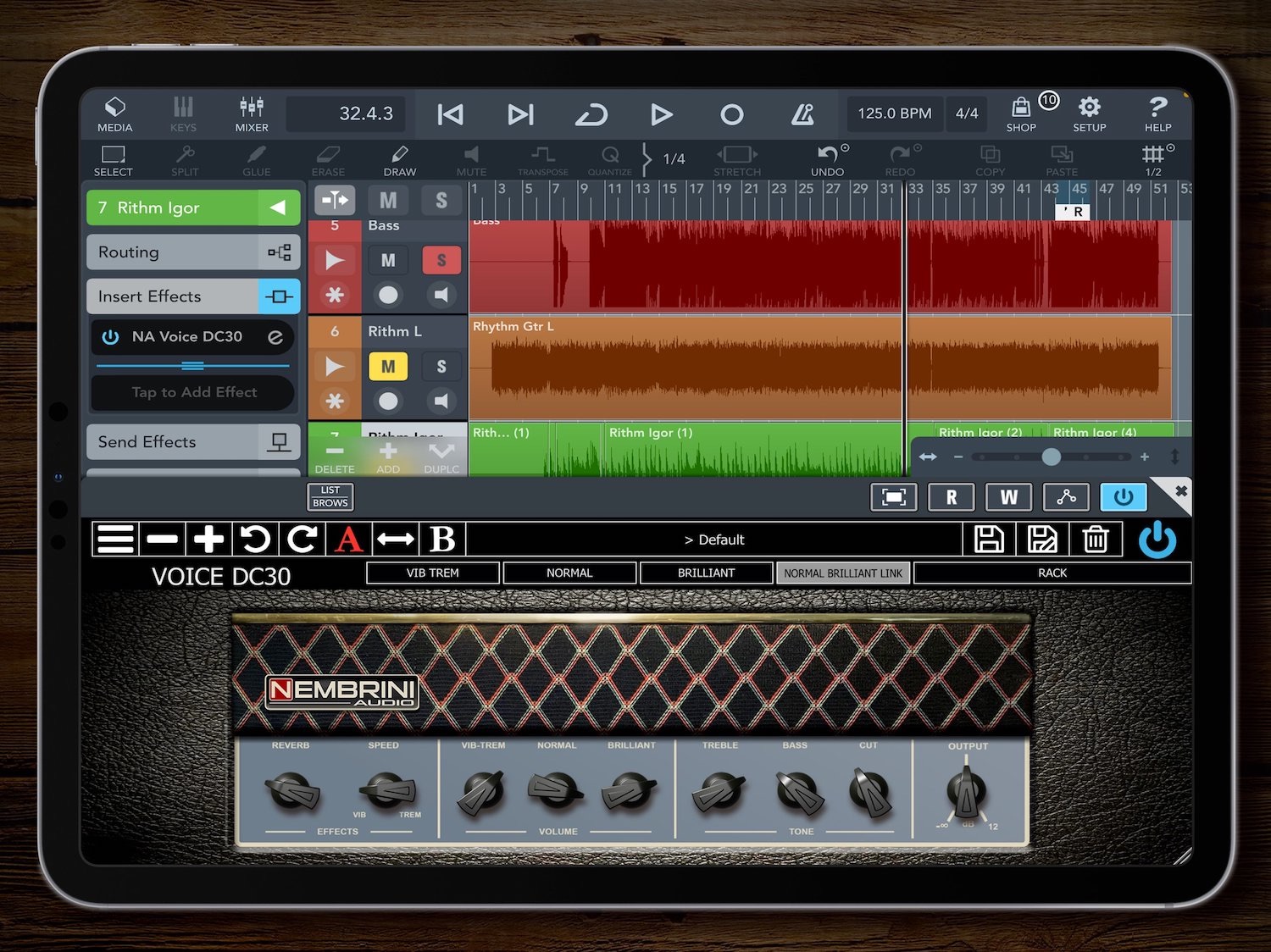
Nembrini Audio announces availability of vintage Vox AC30 Top Boost Reverb-emulating Voice DC30 plug-in par excellence
PAVIA, ITALY: analogue saturation circuits digital reproduction specialist Nembrini Audio is proud to announce availability of its Voice DC30 plug-in — meticulously modelled on a vintage Vox AC30 Top Boost Reverb, the iconic British-built 30W 2×12 combo guitar amplifier that defined a generation of sound, to bring its incredible tone (traversing from chiming, clean qualities with a brilliance bordering on grittiness to darker, more overdriven timbres) to today’s DAW-driven world while extending the possibilities of the original hardware with new features — as of March 15…
Iconic in both name and tone, the vintage Vox AC30 Top Boost Reverb — produced from 1979 through to 1984 — is readily recognised by British musicians (and, indeed, beyond those shores) for its ‘jangly’ high-end sound, something that Nembrini Audio has truly tapped in to with its meticulously-modelled Voice DC30 plug-in. Put it this way: thanks toNembrini Audio’s acclaimed analogue saturation circuits digital reproduction specialism, Voice DC30 allows anyone access to the signature sound of the hardware original by bringing both enchantingly clean and raucously overdriven tones to their chosen computer platform — or iOS.

Indeed, Voice DC30 pairs perfectly with the intricacies of anyone’s playing style, resulting in a sound that is truly their own.
On the face of it, then, Voice DC30 could well be viewed as a vintage Vox AC30 Top Boost Reverb-emulating plug-in par excellence. Working with software has, however, allowed its creator to take things to another level by bringing a host of new features to the present-day production table.
It is perfectly possible, therefore, to select between six different guitar CABINET emulations and four MIC emulations with on/OFF AXIS position switches and continuous POSITION and DISTANCE knobs. Additionally, a complete MIXER section — with multiple PHASE, SOLO, MUTE, and PAN controls — allows users to blend MIC 1, MIC 2, and AMBIENT levels. Above and beyond that, the IMPULSES LOADER lets users load up to three third-party impulse responses that can also be blended with dedicated PHASE, SOLO, MUTE, and PAN controls. Additionally, a useful IMPULSES browser window is included so that users can easily search through their third party impulse response files. Finally, there is also a NOISE GATE section with THRESHOLD and RANGE controls alongside a meticulously-modelled CLEANER circuit with HARSH– and RUMBLING-reduction controls.
Clearly anyone lusting after that readily-recognisable, generation-defining vintage Vox AC30 Top Boost Reverb tone needs look no further than Nembrini Audio’s authentic-sounding Voice DC30 plug-in, pushing further forward in today’s DAW-driven world.


Vox AC30 is a registered trademark of Vox Amplification Ltd. Voice DC30 was developed by Nembrini Audio SRL based on its own modelling techniques. Vox Amplification Ltd has not endorsed nor sponsored Voice DC30 in any manner, nor licensed any intellectual property for use in this product.
Voice DC30 is available for purchase (as an iLok-protected AAX-, AU-, VST2-, and VST3-supporting plug-in for macOS 10.9 or newer and Windows 7 or newer) at an attractive introductory price of only $39.00 USD until March 31, 2021 — rising thereafter to a regular price of $137.00 USD — from here: https://www.nembriniaudio.com/products/voice-dc30-guitar-amplifier

Flexibility further abounds as Voice DC30 is also available in AuV3 format for iOS at an introductory price of $9.99 USD until March 31, 2021 — rising thereafter to a regular price of $19.99 USD — on the App Store from here: https://apps.apple.com/us/app/voice-dc30-custom-valve/id1556268876
For more in-depth information, including several superb-sounding audio demos, please visit the dedicated Voice DC30 webpage here: https://www.nembriniaudio.com/products/voice-dc30-guitar-amplifier
See and hear Nimbrini Audio’s authentic-sounding Voice DC30 plug-in being put through its musical paces in this must-see, guitar-showcasing trailer video: https://youtu.be/KR58oVzum1o




